Washington State boasts some of the most stunning hiking trails in the country, from alpine meadows to coastal rainforests.
But ask any local where they prefer to hike, and you’ll notice they often skip the famous spots tourists flock to. There are real reasons behind this choice, and understanding them can help you plan a better outdoor adventure.
Whether it’s overcrowding, safety concerns, or simply knowing better alternatives, locals have learned which trails to avoid during peak season. Their wisdom comes from years of experience exploring the state’s vast wilderness.
1. Parking Nightmares at Rattlesnake Ledge
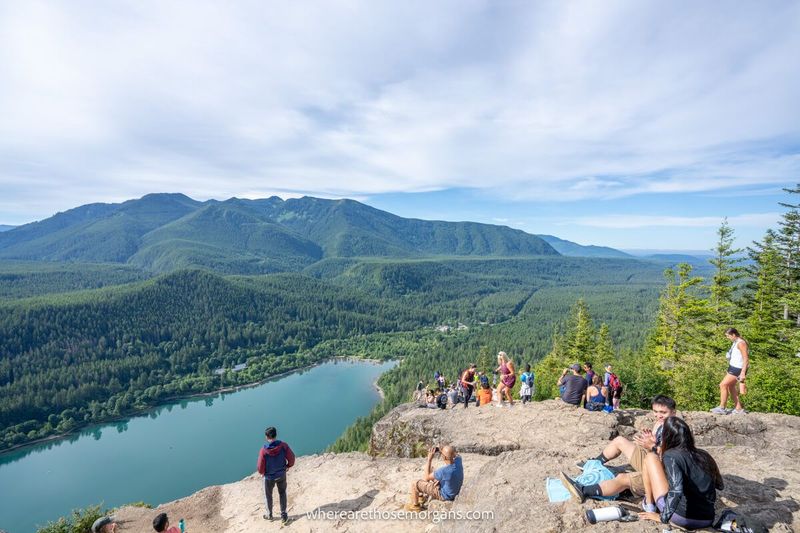
Rattlesnake Ledge near North Bend draws massive crowds every weekend, especially during summer months. The parking lot fills up by 8 a.m., forcing visitors to park along the narrow highway shoulder for over a mile.
Walking that distance before even starting your hike can be exhausting and dangerous. Locals know the hassle isn’t worth the reward. The trail itself becomes a conga line of hikers, making it impossible to enjoy nature’s peace. You’ll spend more time waiting for photo opportunities than actually hiking.
Washington residents prefer lesser-known trails with adequate parking and fewer people. They’ve discovered dozens of equally beautiful viewpoints without the stress.
Many head to trails in the Alpine Lakes Wilderness that require a bit more effort but deliver authentic mountain experiences. The difference in crowd size makes all the effort worthwhile for those seeking genuine outdoor connection.
2. Mailbox Peak’s Dangerous Reputation

This trail has become infamous for rescue operations and hiker injuries. Mailbox Peak gains over 4,000 feet in just 2.5 miles, making it one of the steepest climbs in the region. Unprepared tourists often underestimate the challenge and end up needing emergency assistance.
Search and rescue teams get called to this trail regularly throughout the hiking season. The steep grade combined with loose rocks creates treacherous conditions, especially on the descent. Many hikers experience severe knee pain or worse.
Local hikers avoid Mailbox Peak because they know safer alternatives with similar views. They understand that vertical gain matters more than total distance when planning hikes. Experienced Washington residents choose gradual climbs that protect their joints and reduce injury risk.
They also don’t want to contribute to the burden on volunteer rescue teams who respond to preventable emergencies on this challenging route.
3. Lake 22 Trail Turns Into a Mud Pit
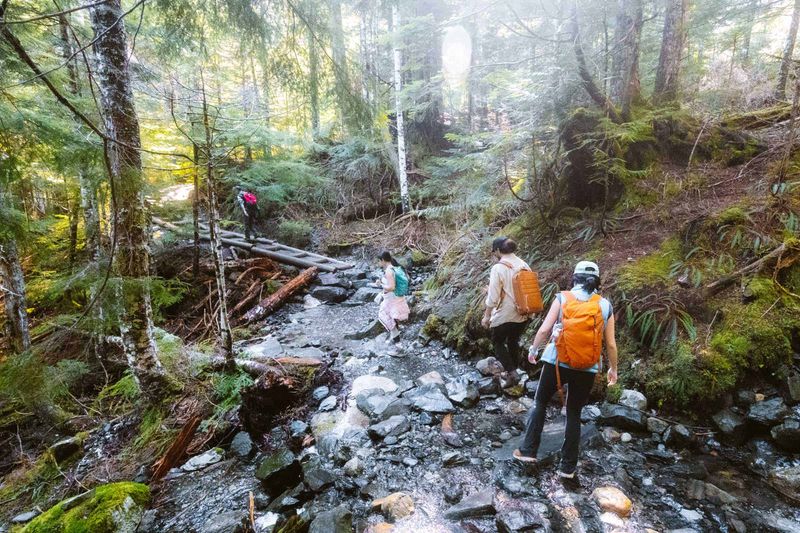
Located in the Mount Baker-Snoqualmie National Forest, Lake 22 stays wet and muddy most of the year. The trail receives heavy foot traffic that churns the already damp soil into thick, slippery mud. Your boots will be caked within the first half mile.
The constant moisture comes from the area’s incredible rainfall and poor drainage along the path. Even during dry summer weeks, sections remain swampy and difficult to navigate. Hikers often slip and fall, ruining clothes and risking injury.
Locals prefer trails with better drainage and less traffic compaction. They know which paths dry out faster after rain and maintain better conditions year-round.
Washington residents have learned that some beautiful destinations simply aren’t worth the muddy struggle. They’d rather save their hiking boots and energy for trails that offer better footing and more enjoyable experiences throughout the seasons.
4. Colchuck Lake Permit Lottery Frustration
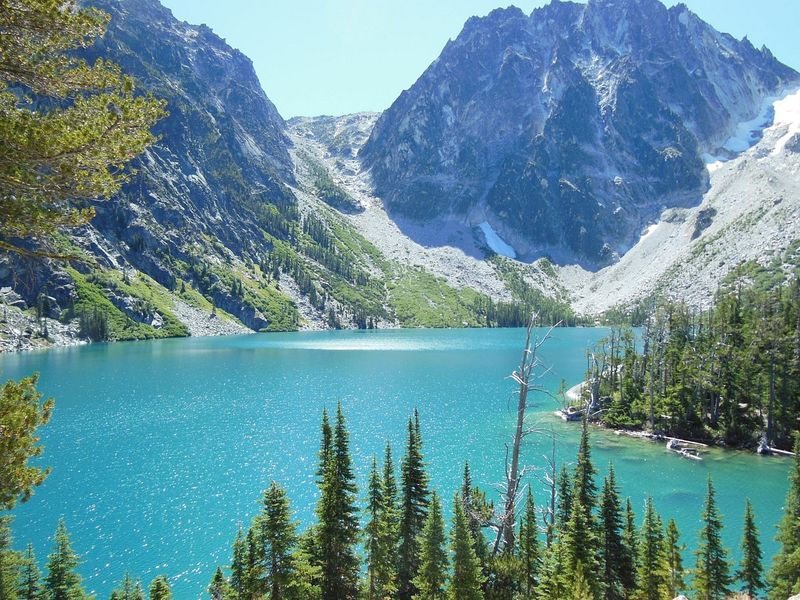
Getting to Colchuck Lake now requires winning a permit lottery with odds worse than many contests. The Enchantments permit system has made this stunning alpine destination nearly impossible for casual hikers to access. Locals remember when you could just show up and hike.
The bureaucracy and planning required takes spontaneity out of hiking adventures. You must apply months in advance and hope luck favors you. Most applications get rejected, leaving people frustrated and disappointed.
Washington locals have moved on to equally beautiful lakes without permit requirements. They appreciate the wilderness protection efforts but prefer exploring areas they can access freely. Dozens of stunning alpine lakes throughout the Cascades offer similar beauty without the lottery system.
These alternatives provide the freedom to hike based on weather and personal schedules rather than predetermined permit dates that may not align with actual conditions.
5. Mount Si’s Relentless Crowds
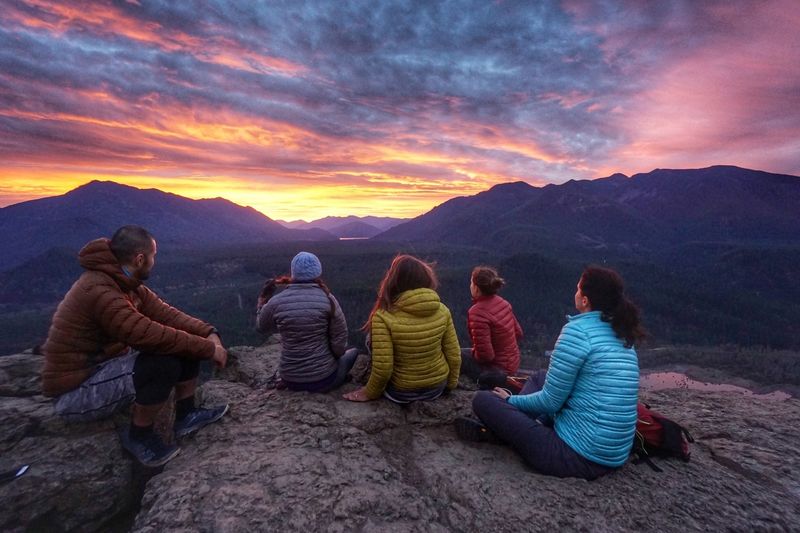
Mount Si near North Bend sees thousands of hikers every single weekend. The trail has become so popular that it resembles a outdoor gym more than a wilderness experience. You’ll encounter hundreds of people during a typical Saturday hike.
The constant stream of hikers creates noise pollution that drives away wildlife. Conversations echo up and down the mountain, destroying any sense of solitude. Finding a quiet spot for lunch becomes nearly impossible.
Local residents avoid Mount Si on weekends and most weekdays too. They remember when this trail offered peaceful mountain experiences and genuine nature connection. Now they seek out trails in the North Cascades or Olympic Mountains where crowds thin considerably.
The extra driving time proves worthwhile for authentic wilderness experiences. Many locals consider Mount Si a lost cause during tourist season and only visit during winter storms when most visitors stay home.
6. Snow Lake’s Trampled Meadows
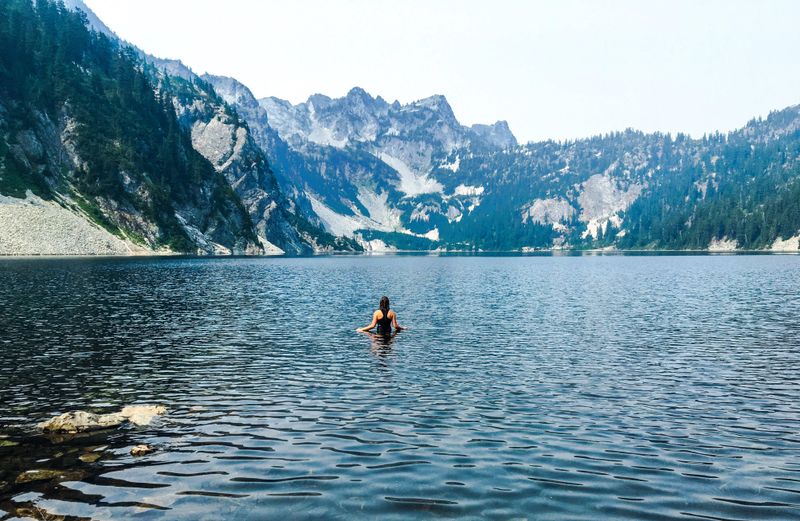
This popular destination in the Alpine Lakes Wilderness suffers from severe overuse. The delicate alpine meadows around Snow Lake show obvious damage from thousands of boots each season. Wildflowers that once covered hillsides now grow only in protected patches.
Social trails have multiplied as visitors create shortcuts and seek private camping spots. The meadow ecosystem takes decades to recover from this kind of impact. Locals watch sadly as the landscape degrades year after year.
Washington residents who care about wilderness preservation choose less-visited lakes. They practice Leave No Trace principles and want their presence to have minimal impact. Numerous alpine lakes throughout the state offer similar beauty without the environmental damage.
These conscientious hikers spread their impact across many locations rather than concentrating it on a few famous spots. They understand that loving a place sometimes means staying away to protect it.
7. Inadequate Facilities at Popular Trailheads
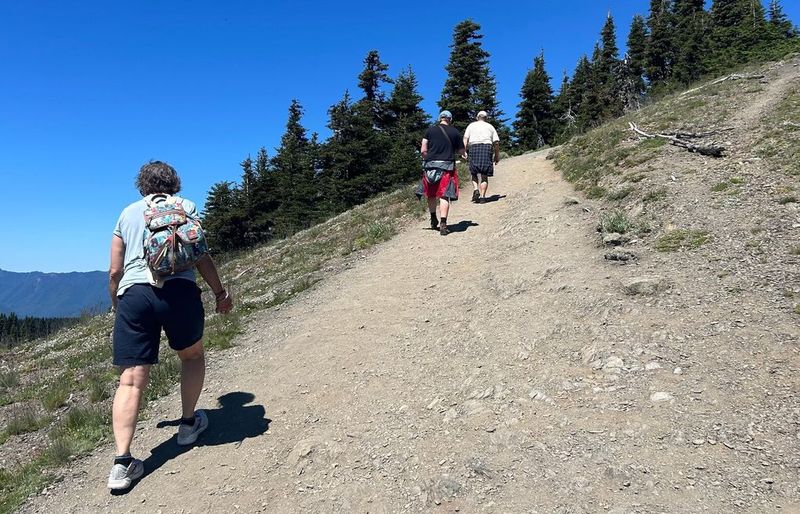
Many famous Washington trails lack sufficient restrooms and waste facilities for their visitor numbers. Long lines form at trailhead toilets, and garbage cans overflow regularly. The infrastructure simply can’t handle the crowds these destinations attract.
Locals find the unsanitary conditions unacceptable and frustrating. Nobody wants to start a hike waiting 20 minutes for a bathroom. The litter problem also worsens as overwhelmed facilities fail to contain waste properly.
Washington residents prefer trailheads with better-maintained facilities or remote locations where they can practice proper wilderness bathroom techniques. They know which forest service locations get regular maintenance and which ones get neglected. Better planning means more enjoyable hiking experiences from start to finish.
Many locals have learned to seek out trails managed by well-funded park systems or those with active volunteer maintenance programs that keep facilities clean and functional throughout the busy season.
8. Cell Phone Photography Obsession
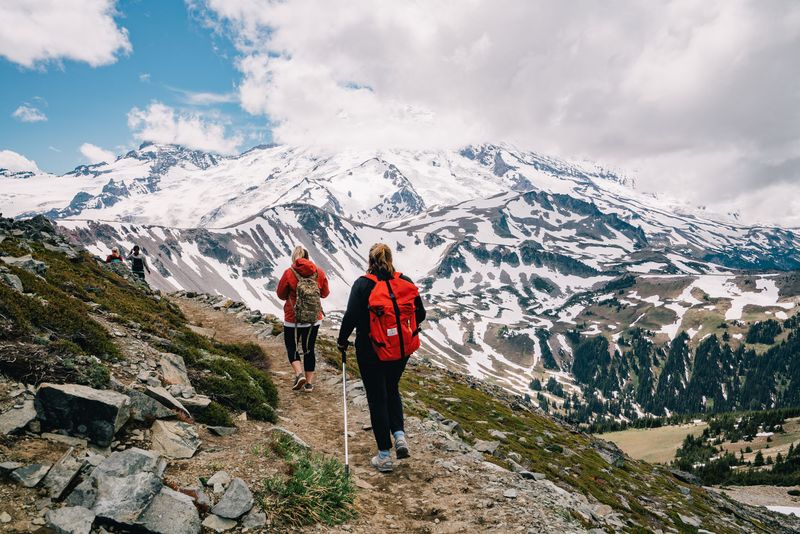
Popular trails have become outdoor photo studios where people spend more time posing than hiking. Viewpoints get blocked by groups staging elaborate photo shoots for social media. The focus shifts from experiencing nature to documenting it for online audiences.
Locals find the constant photography frustrating and inauthentic. They hike to connect with nature, not to wait behind someone’s tenth attempt at the perfect picture. The obsession with capturing images means fewer people actually absorb the beauty around them.
Washington residents seek trails where people still prioritize the experience over the documentation. They appreciate that some places remain special precisely because they’re not plastered across social media. These quieter trails attract hikers who value presence over presentation.
Many locals have noticed that the best wilderness experiences happen when phones stay in pockets and attention focuses on surroundings rather than screens and selfies.
9. Inexperienced Hikers Create Safety Hazards
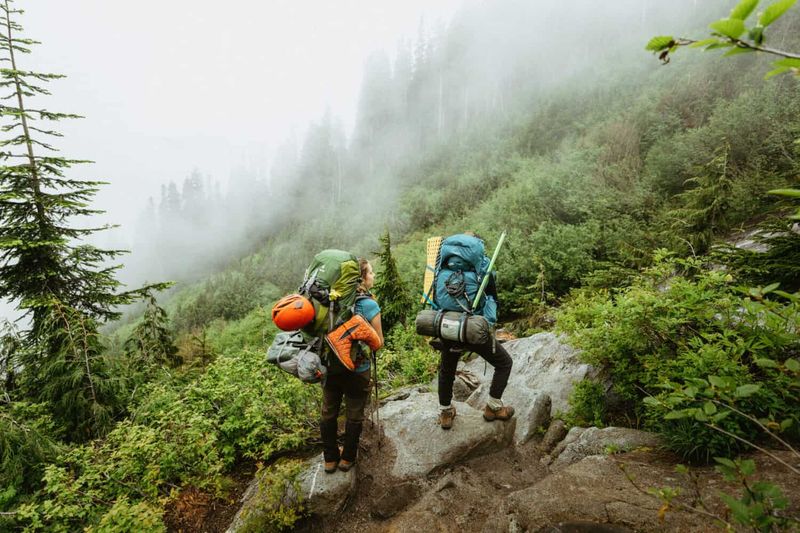
Tourist-heavy trails attract many people without proper experience or equipment. You’ll see hikers in sneakers attempting steep mountain climbs or families with young children on advanced trails. These situations create dangerous conditions for everyone.
Inexperienced hikers often need help, slowing down others and sometimes requiring rescue assistance. They underestimate weather changes, run out of water, or get lost on clearly marked trails. Their lack of preparation puts strain on the entire hiking community.
Local hikers prefer trails that naturally filter out unprepared visitors through length or difficulty. They want to hike alongside people who understand mountain safety and wilderness ethics. Remote trailheads and longer approaches tend to attract more experienced outdoor enthusiasts.
This self-selection creates safer conditions and more knowledgeable hiking companions. Locals appreciate sharing trails with others who respect the mountains and come properly prepared for the challenges ahead.
10. Trail Erosion from Overuse

Heavy foot traffic destroys trail surfaces faster than maintenance crews can repair them. Popular paths develop deep ruts, exposed roots, and widening damage as hikers step around problem areas. What were once sustainable trails become environmental scars.
The erosion leads to muddy conditions that spread wider each season. Hikers create parallel paths to avoid the worst sections, multiplying the damage. Forest service crews can’t keep up with the destruction pace.
Locals choose well-maintained trails or those with naturally durable surfaces like rock. They understand that hiking damaged trails contributes to ongoing environmental problems. Washington residents often volunteer for trail maintenance projects, giving them appreciation for sustainable path construction. They seek out trails built to handle traffic or those that see fewer visitors overall.
Protecting trail systems means making conscious choices about where to hike and when. Many experienced hikers rotate through different areas to spread impact more evenly across the landscape.
11. Limited Solitude and Nature Connection
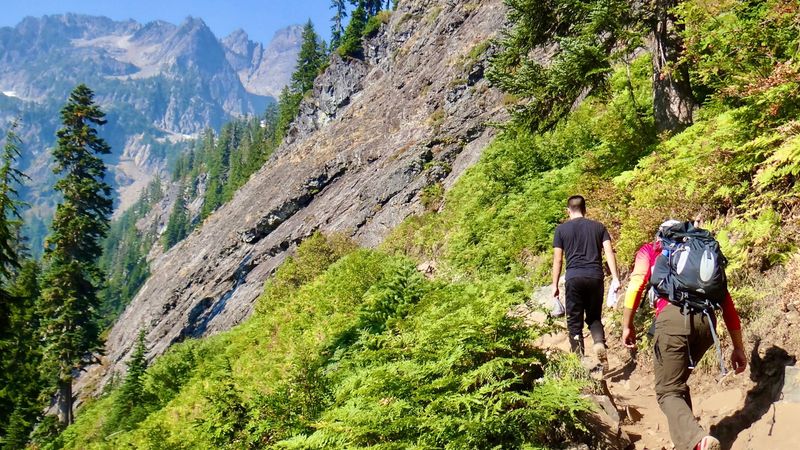
The whole point of hiking is connecting with nature and finding peace away from daily stress. Popular trails completely fail to deliver this experience anymore. Constant conversations, music from speakers, and crowds eliminate any sense of wilderness solitude.
Locals hike to escape civilization, not to join an outdoor parade. They seek the mental health benefits that come from quiet time in natural settings. Crowded trails provide none of these restorative qualities.
Washington residents have discovered countless trails that still offer genuine solitude. They protect these locations carefully, sharing them only with trusted friends who respect wilderness values. The state contains millions of acres of forest land with endless exploration possibilities.
Those willing to drive farther or hike longer find rewards that tourist trails can no longer provide. True nature connection requires space, quiet, and the feeling of being somewhere wild and untamed by human presence.
12. Better Alternatives Exist Everywhere
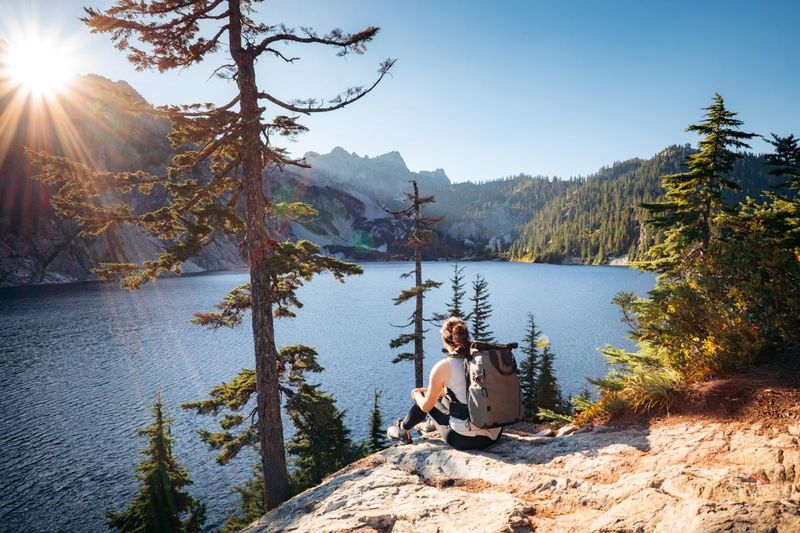
Washington State contains thousands of miles of hiking trails across diverse ecosystems. Locals know that famous trails represent a tiny fraction of available options. Why fight crowds when equally stunning alternatives exist nearby?
Experienced Washington hikers have spent years exploring lesser-known paths. They’ve discovered waterfalls, viewpoints, and alpine lakes that rival or exceed the beauty of tourist destinations. These hidden gems offer better experiences without the hassles.
The secret isn’t really secret, it just requires research and willingness to try new places. Guidebooks, hiking apps, and local knowledge reveal countless options beyond the standard tourist circuit. Many spectacular trails never make it onto popular lists simply because they require longer drives or slightly more effort.
Locals embrace this reality and reap the rewards of exploration. They understand that the best hiking experiences come from curiosity, preparation, and venturing beyond the obvious choices that everyone else makes.
Dear Reader: This page may contain affiliate links which may earn a commission if you click through and make a purchase. Our independent journalism is not influenced by any advertiser or commercial initiative unless it is clearly marked as sponsored content. As travel products change, please be sure to reconfirm all details and stay up to date with current events to ensure a safe and successful trip.